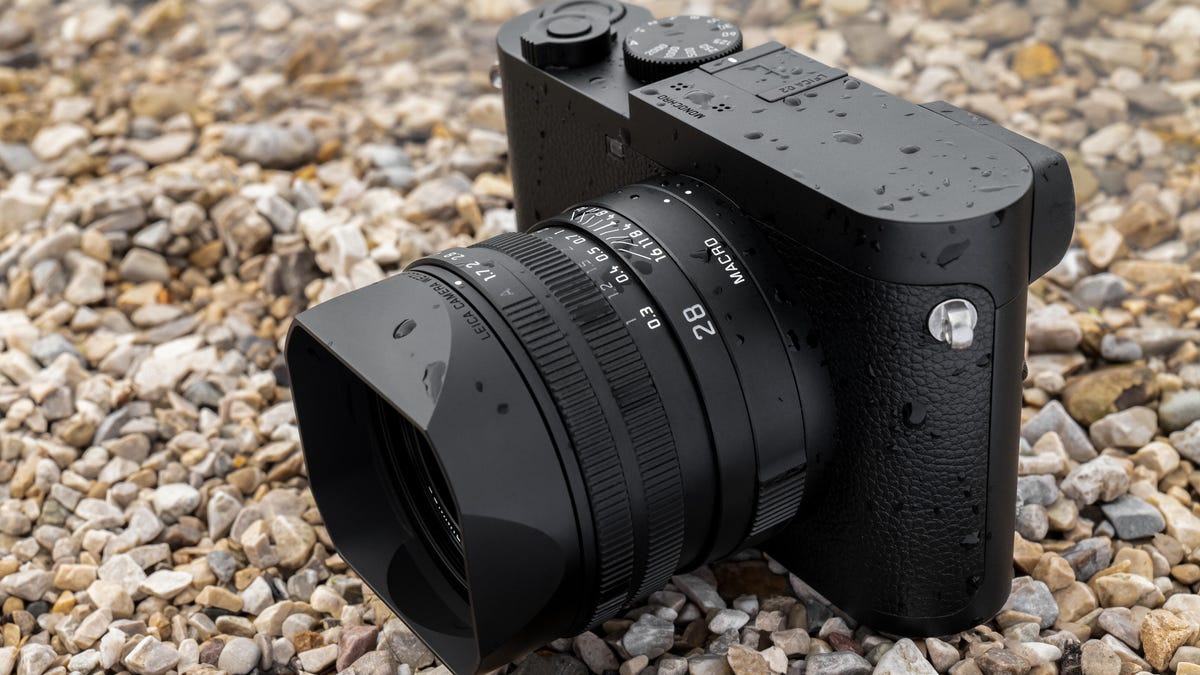Leica Q2 Monochrom, a pricey full-frame compact camera that only shoots in black and white
It's perfect for 2020, which feels like the most black-and-white year ever.

The Leica Q and its successor, the Q2, has long been one of my favorite fixed-lens cameras. Since Sony seems to have forgotten its own RX1R II from 2015, the Q2 is the only full-frame compact still current. And now the Q2's new sibling, the $5,995 Leica Q2 Monochrom, joins it as the only dedicated black-and-white compact camera around.
Priced at $1,000 more than the $4,995 Q2, the Monochrom's cost doesn't exactly jibe with today's recession-beset world economy caused by the coronavirus pandemic in the middle of its second wind, but nothing has ever screamed "black and white" like the socially and politically polarized, mentally exhausting and downright depressing year that is 2020.
So thank you, Leica, for the zeitgeist camera of the year that will unfortunately never be the year that never was.
It's not the company's first mono-only model -- that was the M Monochrom in 2012 -- and clearly it's been successful enough to merit expanding the strategy over the years. The Q2 Monochrom is just the latest of Leica's natural extensions of a particular product line.
Leica still knows that this camera is for an even nichier niche of photographers than the colorful model. That's partly why it's more expensive: Leica's never going to make up the cost of developing a new version of the 47.3-megapixel sensor via sales or economies of scale. More goes into adapting a sensor than simply removing the color filter array, like redesigning the on-chip microlenses to accommodate the different optical wavelength characteristics of an array-free sensor.
As a result, the new sensor has a better dynamic range: 13 stops, or ISO 100-100000, compared to 11 stops (ISO 50-50000) for the color model. Better dynamic range is important for black and white photography, partly because it can't disguise tonal range deficits as well as color can and also because one of the points of shooting it is in the midtone and shadow details, which can make or break a shot.
Sample photo from the Q2 Monochrom (scaled).
The camera's design also differs a little. Leica has simplified the menus by stripping all the color-related options. It's also stripped all the color from the Q2 body for the Monochrom (in other words, there's no red Leica logo). In all other ways, it's the same camera as the Q2 -- Summilux 28mm f1.7 lens, same controls and control layout, OLED viewfinder, 4K recording capabilities, wireless connectivity, IP52 weather sealing and more.
Some people find constraints liberating and broadening rather than limiting, like writing Haiku or a sonnet or shooting with a single prime lens. Restricting your photo vision to black and white falls into the same category. If you can afford the luxury.

